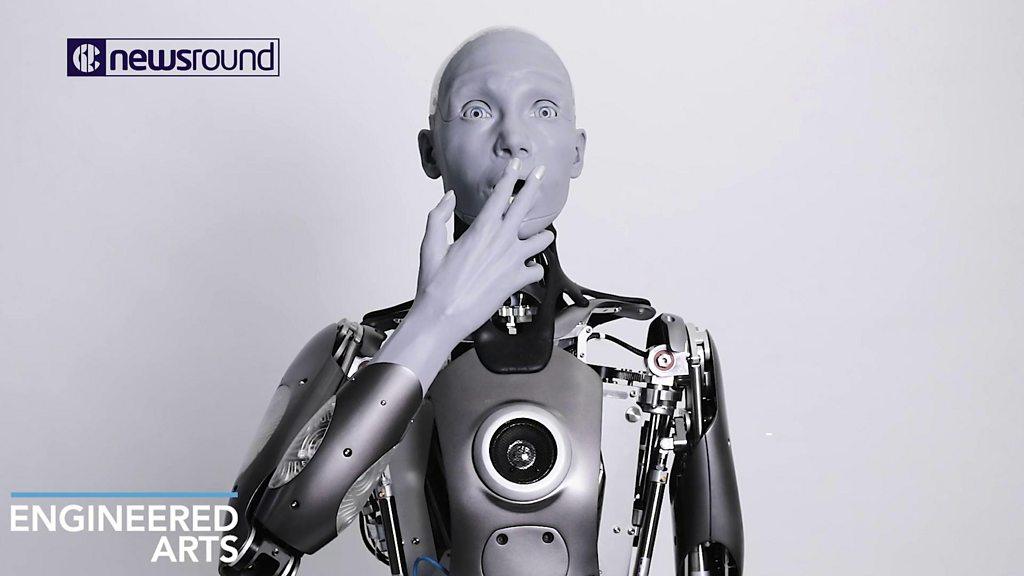Scientists have created a 3D printed fingertip that can ‘feel’!
- Published
- comments

The fingertip is covered with black flexible 3D-printed skin
Robots can do lots of cool things, including building objects, flying, communicating with humans and even dancing.
While some clever machines can outsmart humans in some areas, they're not as good at picking things up as people are.
It's partly because artificial grippers on robots lack the same feel as a human fingertip, which is used to guide human hands as objects are handled.
Now, researchers have developed a new 3D-printed fingertip that has a sense of touch that is very similar to human skin!
The fingertip is able to produce artificial nerve signals that are similar to those from human nerve endings, the study found.
It's hoped the creation will help improve prosthetics, which are artificial body parts - like arms and legs - in the future.
Eventually, the researchers hope to be able to make artificial skin that's just as good as the real thing!
"Our work helps uncover how the complex internal structure of human skin creates our human sense of touch," said Professor Nathan Lepora who is from the University of Bristol's Department of Engineering Maths and is also based at Bristol Robotics Laboratory.
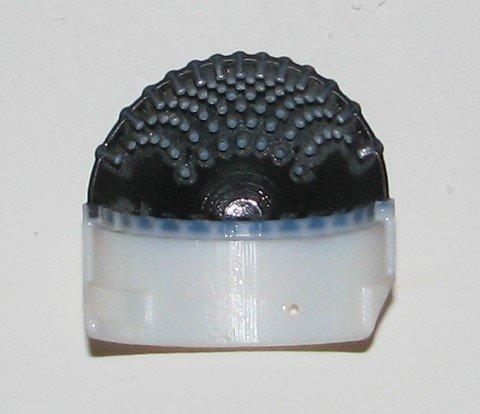
The bumps on the fingertip were formed using 3D-printers that can mix together soft and hard materials to create complicated structures like those found in humans
"This is an exciting development in the field of soft robotics - being able to 3D-print tactile skin could create robots that are more dexterous or significantly improve the performance of prosthetic hands by giving them an in-built sense of touch."
The researchers produced the sense of touch in the artificial fingertip using a 3D-printed mesh of tiny pin-like bumps similar to those found on human skin.
The bumps were formed using 3D-printers that can mix together soft and hard materials to create complicated structures like those found in humans.
"We found our 3D-printed tactile fingertip can produce artificial nerve signals that look like recordings from real, tactile neurons," said professor Lepora.
"Human tactile nerves transmit signals from various nerve endings called mechanoreceptors, which can signal the pressure and shape of a contact."
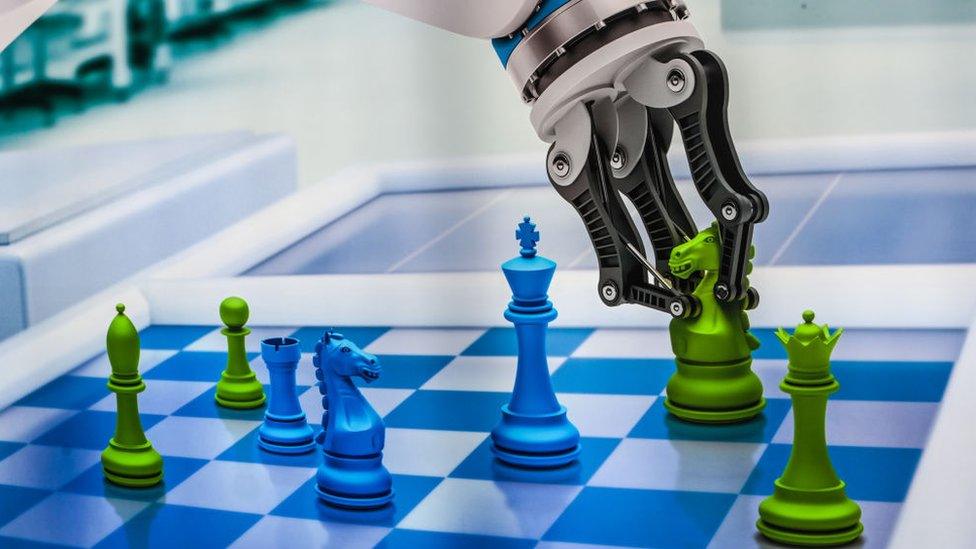
Robots can do lots of different things nowadays - some can even play chess!
"In our work, we tested our 3D-printed artificial fingertip as it 'felt' those same ridged shapes and discovered a startlingly close match to the neural data."
While the research did find a very close match between the artificial fingertip and human nerve signals, the fingertip wasn't as sensitive to finer details.
It's thought this is because the 3D-printed skin is thicker than real skin.
Professor Lepora and his team are now exploring how to 3D-print structures on the microscopic scale of human skin.
"Our aim is to make artificial skin as good - or even better - than real skin," he said.
What do you think of this amazing robot invention? Let us know in the comments!
- Published13 February 2018
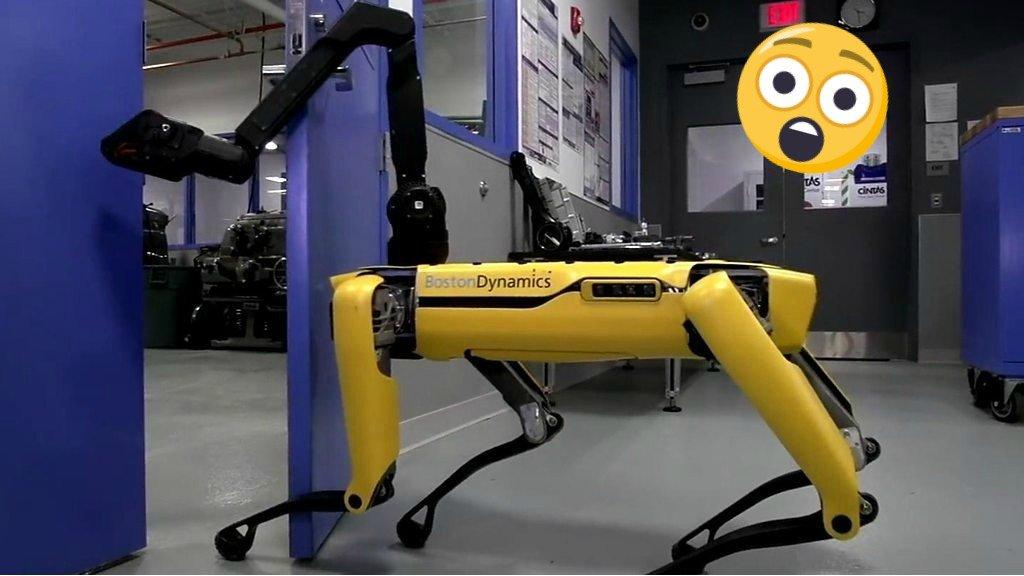
- Published21 May 2016
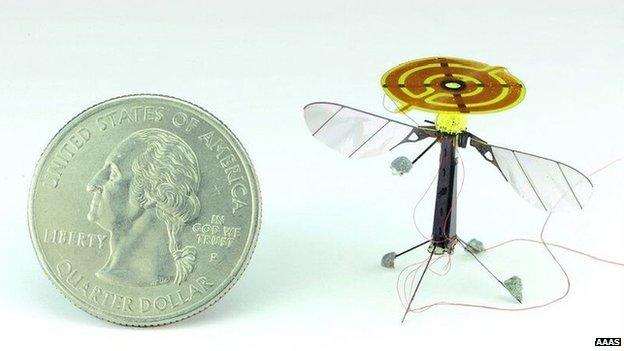
- Published7 January 2022
